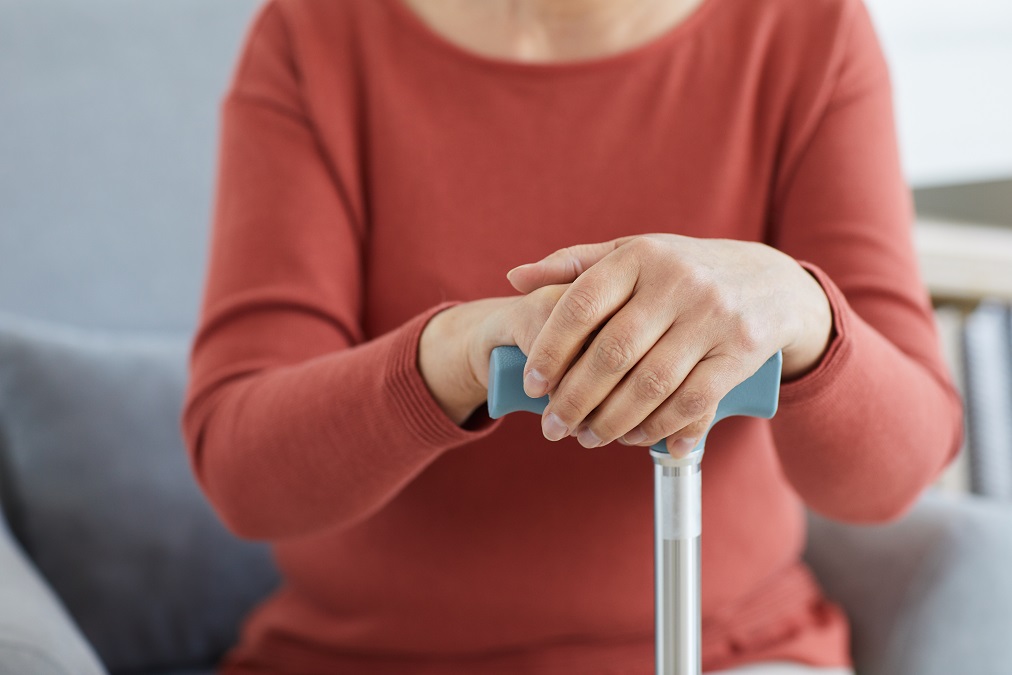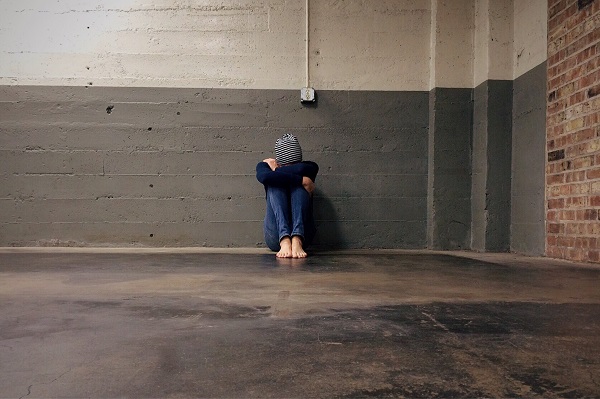I am so excited to share this interview with you. I hope that it helps you as much as it helped me.
Please introduce yourself and tell us a little bit about your therapy practice.
I graduated from Central Michigan University with a Bachelor of Science in Psychology in 2009. I went on to graduate from the University of Michigan in 2013 with a Master of Social Work degree. I became a School Social Worker for 3 years working mainly with students with emotional and behavioral disabilities. Throughout this process, I became diagnosed with several autoimmune diseases. This not only changed my life, but it also changed my perspective. I learned firsthand that there are few supports to help emotionally cope with this major life change. After 3 years of struggling I took my wellness into my own hands through research and finding ways to not only manage my disease outside of the doctor’s office, but to ultimately create a life for myself I could still be happy and fulfilled by. Having been successful in doing this and reflecting on my purpose, I made it my mission to help others experiencing the same difficulties.
In my practice, I provide a validating space for people with chronic illness to make sense of their experiences. I help them work toward effective disease management, process the difficult emotions that come up, and learn skills and tools to help them be successful living life with chronic illness.
How long have you been treating patients with chronic illness and/or fibromyalgia? Also, How did you get started?
I started my practice in 2017 – The idea came from my own personal struggle finding a therapist’s support when I was trying to navigate my first job after my diagnosis. I couldn’t find a therapist who I felt really understood what I was going through or that could offer me tangible skills or tools for managing my illness and figuring out how to integrate it into my life.
What kind of therapy do you provide for chronic illness?
I work with a variety of modalities depending on what I feel would be most helpful for the client. I strongly believe in Cognitive Behavior Therapy, as it is heavily supported by research to be helpful for managing chronic illness and chronic pain. I also incorporate Mindfulness, Ecotherapy, encourage creative expression, Exposure Therapy where necessary (a type of CBT), Solutions Focused Therapy, and Narrative Therapy techniques.
We essentially create a plan of action to address the concerns that the client views as most distressing and work from there. Some major areas of interest are typically stress management, grief/loss specific to chronic pain/ illness, communication, problem-solving, relationships, and symptom management, or overall disease management.
In what way(s) can therapy help a person fighting fibromyalgia?
Therapy can help through creating a plan unique to the person’s concerns (because these look different for everyone) as well as just having a supportive space to talk about and process everything that has happened, is happening, and will happen. They can build skills for symptom management, get resources and problem solve with a professional as things come up for them in real-time. Therapists can also help with pain management, relationship difficulties that arise inevitably from the added stress, and lifestyle changes required after diagnosis and put together a stress management plan to help reduce added distress. Seeing a therapist does NOT mean or support the belief that fibromyalgia is ‘all in your head’, in fact, it can be empowering and help you regain control over something that feels so uncontrollable at times.
In my area finding a therapist that takes new patients and my insurance is nearly impossible. In addition, finding one that also has experience helping people with a chronic illness like fibromyalgia is even more of a challenge. Therefore, can you recommend techniques that a person can use on their own?
This is a challenge regardless of specialty, mainly because therapy is undervalued and therapists are underpaid by insurance companies. This is a whole other issue, but it trickles down to the client. There ARE more and more therapists specializing in this area though, and I think they need is becoming more and more visible. Most therapists I know who specializes in this area, do so because they have a chronic illness themselves. We are very good at referring to each other around the country where we can because we understand the need for clients to feel supported by someone who understands this unique struggle.
I recommend searching Psychology Today in your area and looking under the therapist’s specialty areas to make sure they specialize in chronic illness. In regards to insurance, there is a great resource called Open Path Collective which is a national lifetime sliding scale program where you can find a therapist for the rate of 30-60$. You pay a one-time fee and belong to it for LIFE so if you ever move and have to switch therapists, you can jump right back on there and find someone who will honor the same fee.
For those looking to find a therapist, what questions do you recommend asking to find the “right fit”?
First, ask yourself, ‘What do I want the focus of therapy to be for me?’ Usually, therapists offer a free 15-minute consultation via phone or video, which is a great way to get to know if they are a good fit. During the consultation, they may ask you what your top 3 concerns are, and these can become your goals to work on in therapy.
You can also ask if they have previous experience supporting clients living with a chronic illness, and what their approach for this population of clients typically is (if that is what you want the focus of your therapeutic work to be on).
Also be aware that for us, it is unethical to ask for or elicit testimonials or reviews from past clients, so if a therapist doesn’t have a lot of ‘reviews’ online, this is why. It is not necessarily a reflection of their ability or work.
Many people are fighting a physical chronic illness and a mental illness. First, do you find that to be true among your clients? Finally, do you think there is a connection between the two?
Absolutely. One of the things I educate my clients about is the fact that Depression is the number 1 co-diagnosed condition with ANY chronic illness. I also let them know that both anxiety and depression can be a part of their symptom cycle and a result of the circumstance of living with a chronic illness. I also see a LOT of trauma related to medical experiences and stigma, which can result in PTSD or anxiety relating to medical situations or events and navigating society with a visible or invisible disability. This area doesn’t get a lot of mainstream attention, but it’s more common than you’d think in the chronic illness community.
Please feel free to add anything else here that wasn’t asked. We would love to hear more about your practice and the services you offer.
I speak at local support groups for all sorts of chronic illness populations and am always happy to speak or present if I’m available. I’m located in the state of Florida and offer telehealth or virtual sessions, which is a great convenient for people whose conditions fluctuate unexpectedly. I also have an in-person office in St. Petersburg, FL, and am currently working on an online school filled with courses and tools for people with chronic illness to access anywhere, anytime. I take Medicare and private pay and offer superbills for people who have access to out-of-network reimbursement with their insurance. I also am an Open Path provider and offer a sliding scale to a limited number of clients as available.

Click Here to Visit the Store and find Much More….
For More Information Related to Fibromyalgia Visit below sites:
References:
Fibromyalgia Contact Us Directly
Click here to Contact us Directly on Inbox
Official Fibromyalgia Blogs
Click here to Get the latest Chronic illness Updates
Fibromyalgia Stores








